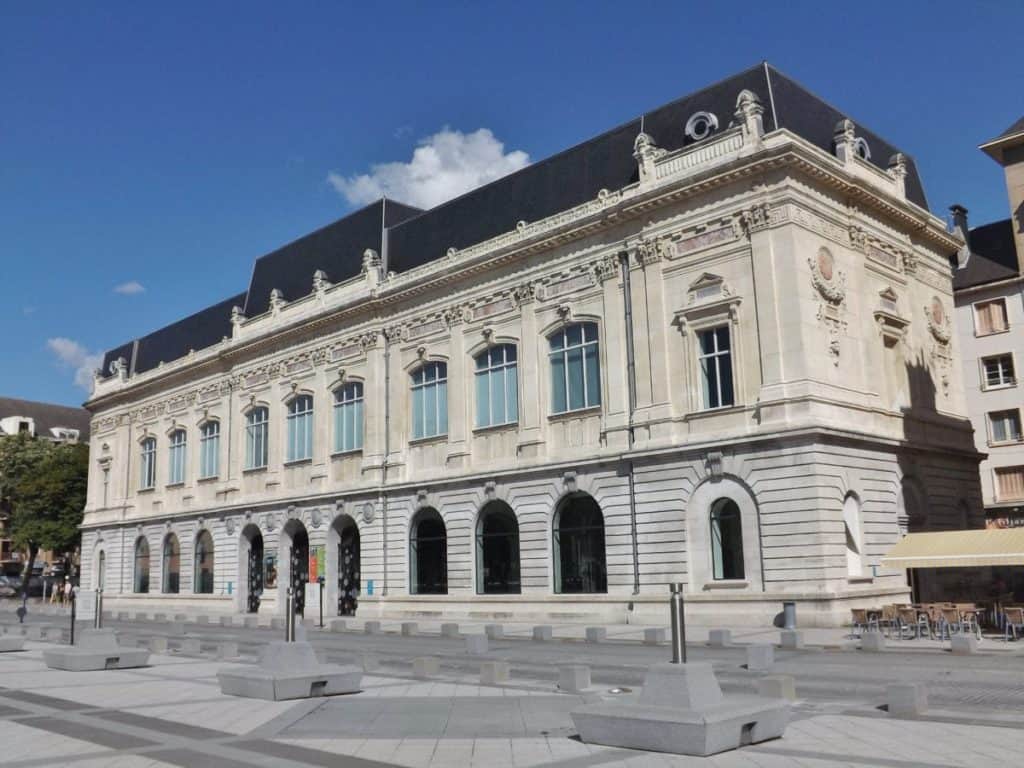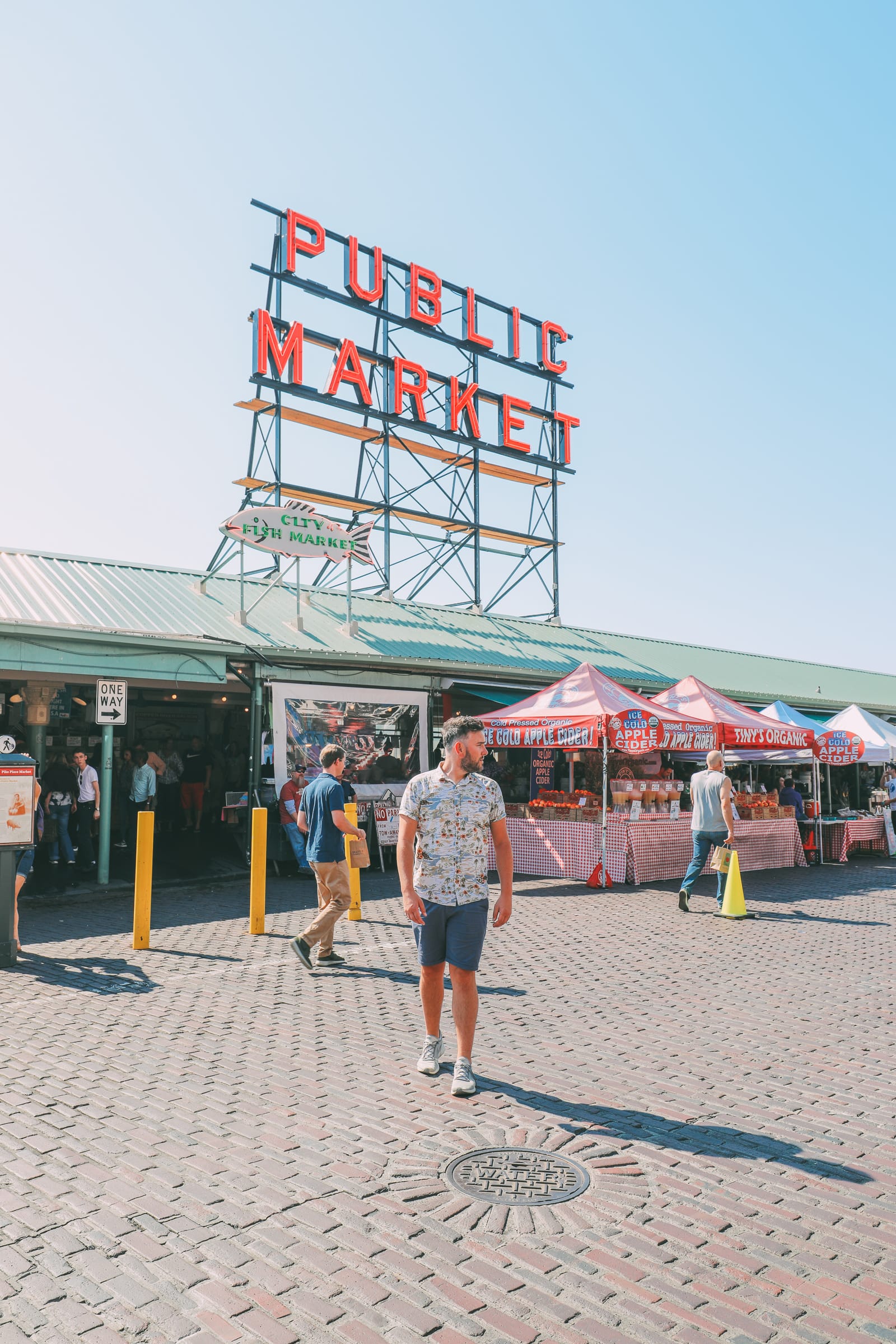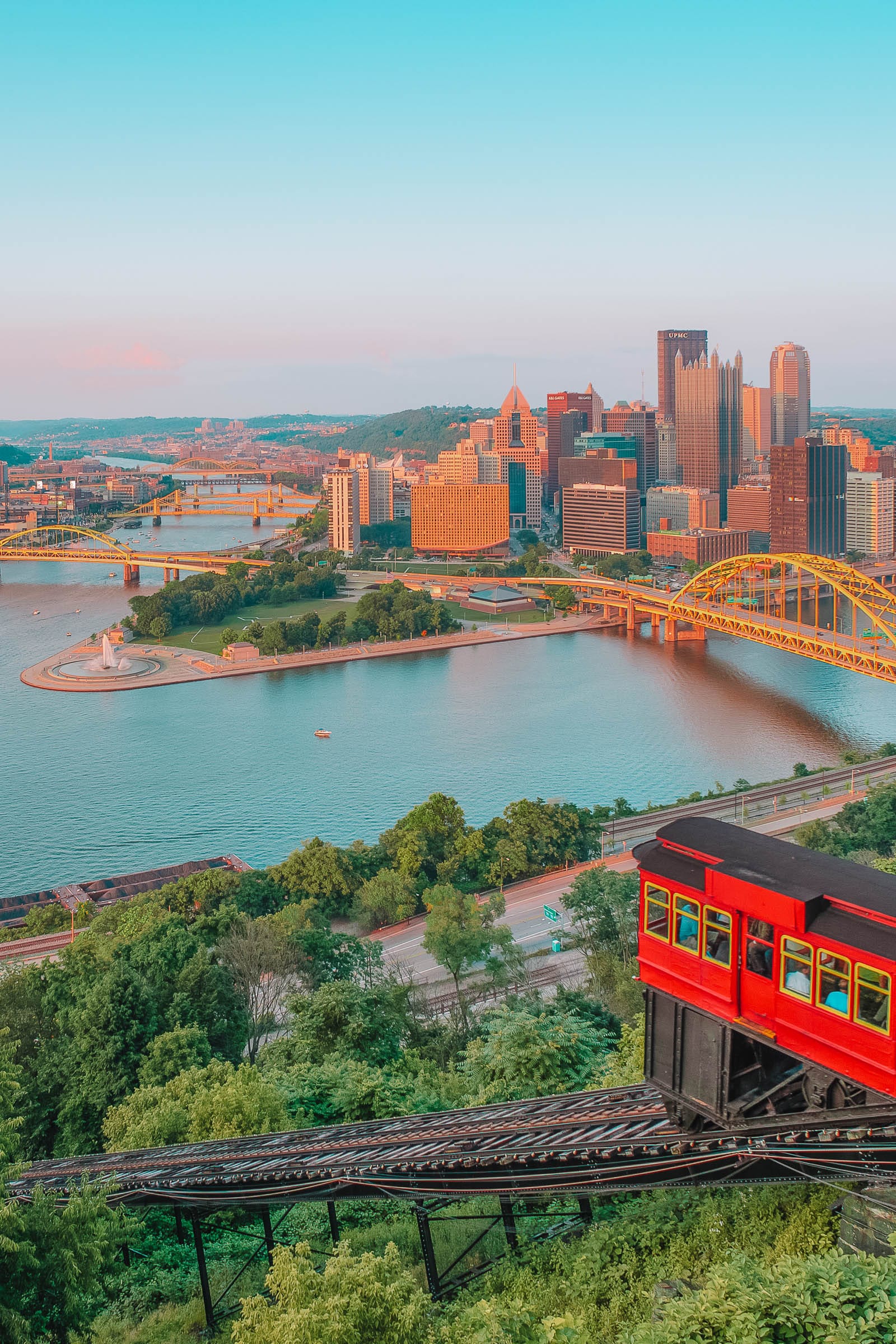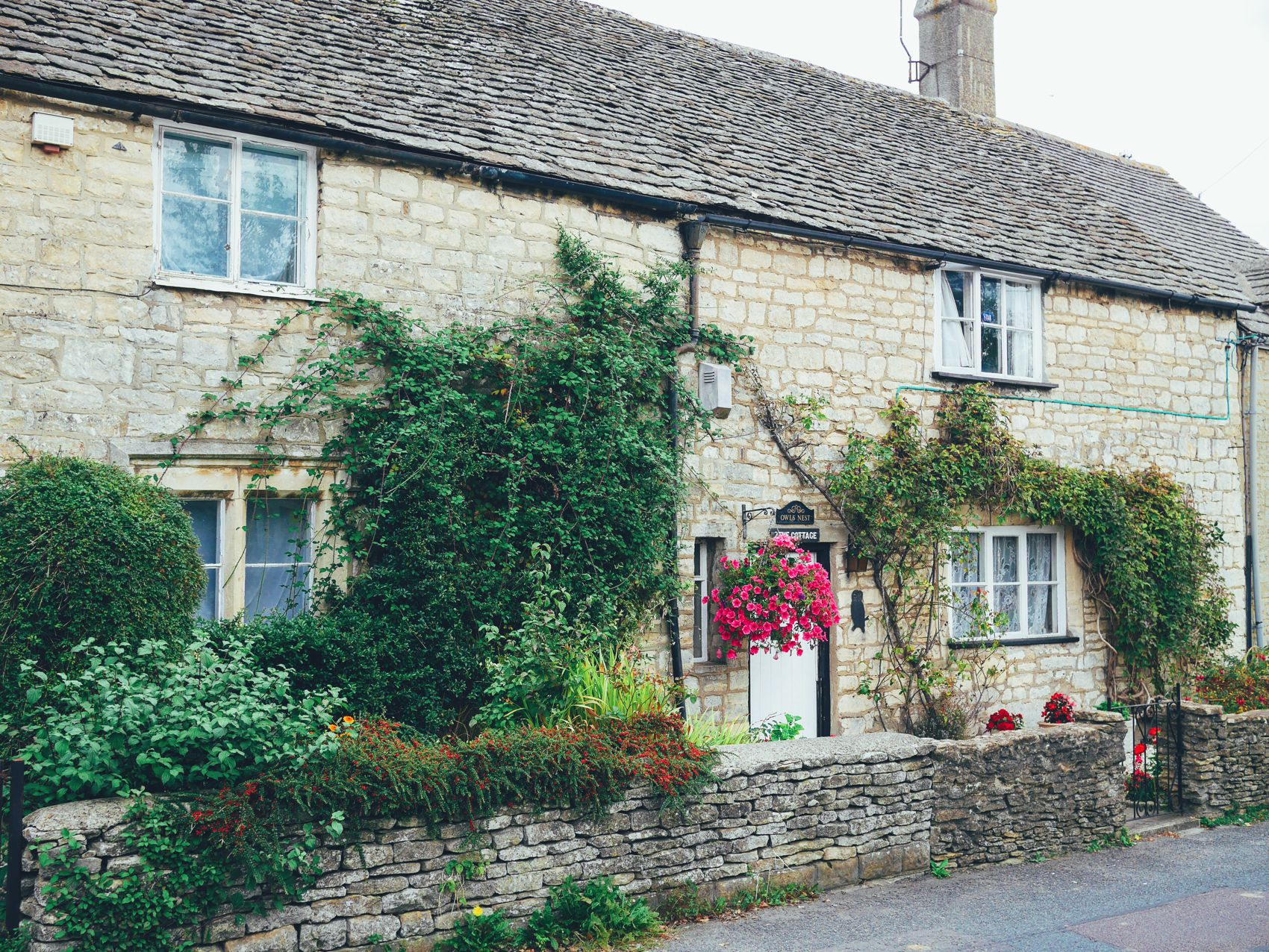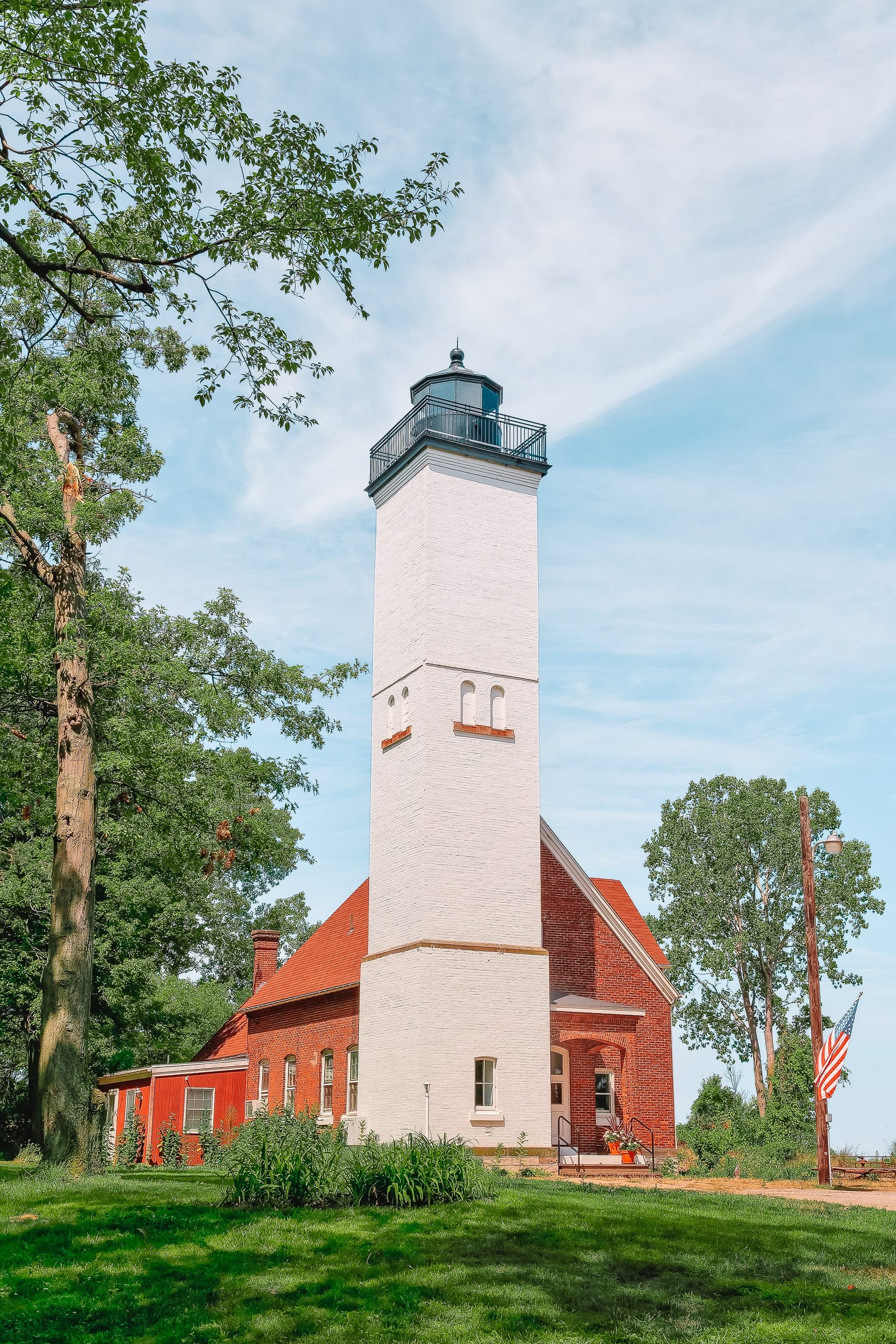Summary
Set in a valley amidst the Prealps, Chambéry is a historic city that once served as the capital of its own sovereign entity.
The old town features an intricate network of alleys and narrow passageways, presided over by the Châteaux where the Dukes of Savoy governed a significant portion of Central Europe.
The city’s architecture, art, and cuisine reflect a rich blend of Italian and French influences, given that Chambéry was only annexed to France in 1871. It is advisable to plan your visit meticulously, as you might find it challenging to choose between the enchanting old town, the mountain peaks of the Chartreuse and Bauges natural parks, and the expansive Lac du Bourget, all conveniently located within close proximity.
Let us explore the most recommended attractions in Chambéry:
1. Old Town

A vibrant university town, Chambéry’s compact core embodies the quintessential characteristics of a picturesque old town. Although it is not extensive, one could spend hours exploring its offerings without viewing them all.
This curiosity arises from the vaulted passages, reminiscent of the Traboules in Lyon, which lead to hidden courtyards and adjacent streets and alleys that are barely wider than an arm’s length.
The charm intensifies on Rue Croix d’Or, a currently pedestrianized street adorned with the Savoy colors, where the nobility once resided. Regardless of your location, you will always find yourself moments away from a café, crêperie, or ice cream parlor.
2. Place Saint-Léger

Despite its designation as Place Saint-Léger, this area functions more as an extended thoroughfare rather than a traditional square. It represents the primary pedestrian route in Chambéry.
As one traverses its length, the street opens into spacious areas with restaurants and café seating, narrowing to a few meters in width, all paved with pink granite.
The architecture here is an eclectic mix of styles and periods, painted in a variety of pastel hues.
Along the way, one may be tempted to explore the vaulted passages, known as allées, branching off the street.
Look out for three charming historic townhouses: Hôtel Dieulefis, Hôtel de Montjoie, and Hôtel du Bourget, which date from the 1500s to 1700s.
3. Fontaine des Éléphants

Frequently depicted in postcards, the Fontaine des Éléphants, dating back to 1838, is recognized as a French historical monument.
The fountain’s base features four elephants, one on each side, with only their heads and front legs visible, leading to the affectionate moniker, “les quatre sans culs” (the four without behinds). Atop the 17-meter column stands the statue of Benoît de Boigne, the figure commemorated by the fountain.
A general who made his name in India (hence the elephants), he returned to Chambéry with a fortune, which he devoted to public works and welfare in the city.
4. Chambéry Cathedral

While relatively small, the city’s cathedral boasts numerous attractions.
Most prominent is the interior, featuring approximately 6,000 square meters of opulent Italian trompe l’œil painting—the largest collection in Europe, created in stages during the 1800s.
This structure initially served as a church linked to a Franciscan monastery, notably housing the Shroud of Turin during the 1400s.
Although that treasure has long departed, the treasure room currently houses a Byzantine ivory altarpiece painting from the 1100s and a polychrome nativity scene from the 1400s.
5. Musée des Beaux-Arts

This fine arts museum further attests to Chambéry’s historical ties to Italy, as the majority of the artworks displayed here are Italian, dating from the 1300s to the 1700s.
Among the early works is a remarkable 14th-century altarpiece representing the Trinity by the Sienese artist Bartolo di Fredi, providing insights into the evolution from the Renaissance through Mannerism to the Baroque periods, covering the Neapolitan, Venetian, Florentine, and Bolognese schools.
Additionally, it is worth checking what temporary exhibitions are on display during your visit, as there is ample space allocated for these shows.
6. Les Charmettes

As a young man, the polymath Jean-Jacques Rousseau resided in this charming country house located in a tranquil wooded area on the outskirts of Chambéry.
His residence lasted from 1736 to 1742, during which time he shared it with his mentor and mistress, Madame de Warrens. Rousseau later reminisced about his idyllic time in Les Charmettes.
Following Rousseau’s recognition as an icon of the Enlightenment and Romantic movements, visitors have sought to experience the beauty that so enchanted him.
The house is meticulously maintained as it was in the 1730s, showcasing some of Rousseau’s belongings, alongside an 18th-century style garden filled with herbs, medicinal plants, fruits, and vegetables.
7. Château des Ducs de Savoie

Overseeing Chambéry’s old town, this prominent building served as the seat of authority for the Lords of Chambéry and the Dukes of Savoy for centuries.
It is fascinating to consider that this structure was once the stronghold of a sovereign state prior to Savoy’s annexation by France.
The architecture is a fascinating blend, featuring elements that are close to 1,000 years old.
Although transformed numerous times throughout history, it still serves an administrative purpose today.
Due to its ongoing functional role, access is somewhat restricted; however, guided tours are routinely offered during the summer, providing insights into the towers, ceremonial chambers, and the Sainte-Chapelle, which once housed the shroud in the 16th century.
8. Rue Basse du Château

Recognized as the oldest street in Chambéry, Rue Basse du Château is a narrow passageway located within the pedestrianized center.
Similar to many ancient medieval thoroughfares, it is remarkably narrow and intersects with numerous other passageways throughout Chambéry.
A wooden walkway still spans the street overhead, although many others were removed due to fire hazards and light obstruction.
As evident, light is a valuable resource here: the stone stalls established in front of several shops, known as “banches,” once facilitated daytime commerce in the light.
9. Rotonde Ferroviaire

This impressive piece of industrial heritage is a monumental circular structure made of cast iron, constructed between 1906 and 1910. The rotunda has a diameter exceeding 100 meters and was designed to accommodate up to 72 locomotives when not in service.
Though it sustained some damage during the war, it has been restored and continues to serve as part of the railway infrastructure, housing many retired locomotives.
Access is typically granted only through guided tours, so consulting the Chambéry tourist office beforehand is advisable in order to ensure you experience this unique structure.
10. Hôtel de Cordon

Guided tours organized by the tourist board typically commence at this 15th-century “Hôtel Particulier” located on Rue Saint-Real.
Presentations regarding the city’s history are delivered here, along with an interpretation center dedicated to Chambéry’s architectural heritage, featuring a small exhibition of models and paintings that illustrate the city’s evolving appearance since medieval times.
Urban planners and architecture enthusiasts will find displays addressing broader topics related to heritage and city planning beyond just Chambéry.
11. Église Saint-Pierre de Lémenc

The oldest church in Chambéry dates back approximately 1,500 years and was constructed atop the remnants of a Roman temple dedicated to Mercury.
The exterior was later renovated, notably in the 16th and 18th centuries.
However, vestiges of antiquity persist in the 9th-century crypt, recognized as a French historical monument and regarded as a puzzle for archaeologists, who are uncertain whether its original purpose was as a reliquary or a baptistery.
12. Lac du Bourget

Located less than 10 kilometers to the north lies the largest freshwater lake in France.
The scenery is exceptional, as the water is encased in a natural amphitheater formed by mountain peaks, rendering several areas of the western shoreline accessible only by boat.
For casual visitors, pedal boats can be hired for a few hours of affordable and leisurely summer enjoyment.
Moreover, a range of watersports are available on the lake, or you may opt for an ascent of one of the nearby peaks, such as the Dent du Chat, which, at 1,400 meters, offers panoramic views extending as far as Mont Blanc.
13. Aix-les-Bains

Situated along the eastern shore of Lac du Bourget, this resort was frequented by global royalty and aristocracy from the mid-19th century through World War II.
The architecture bears testament to Aix-les-Bains’ historical allure for the affluent, with the town still adorned with splendid palatial hotels in the Art Nouveau style.
The elite flocked here for the therapeutic spring waters, which continue to draw visitors today and were initially explored by the Romans, who left behind compelling historical remnants.
The picturesque lakeside promenade is a prime picnic spot in summer and functions as the venue for the Musilac festival, which features major rock and pop acts every July.
14. Mont Granier

South of Chambéry rise the Chartreuse Mountains, a range within the French Prealps, characterized by natural parks.
You can embark on a simple yet breathtaking drive to Mont Granier, renowned as the most iconic natural site in the area, thanks to its towering cliff face reaching over 900 meters.
This impressive rock wall was the result of a catastrophic landslide in 1248 that dislodged thousands of tons of limestone and decimated several villages in the valley, claiming around 1,000 lives.
Visitors can enjoy hiking or partner with adventure sports companies for more exhilarating activities such as caving or rock climbing.
15. Cuisine

Chambéry boasts a rich culinary heritage influenced by the extravagant Court of Savoy, as well as by the ingenuity of rural inhabitants who maximized the resources available to them.
The Italian influence from nearby Turin is apparent in local pasta dishes, including ravioli and crozets—small square pasta made from buckwheat flour.
Local sausage, diot, can be enjoyed cured or cooked in hearty stews, or served simply with boiled potatoes and Dijon mustard.
Beaufort cheese closely resembles Gruyère, distinguished only by its name.
Second only to cheese production is the wine industry, predominately featuring white varieties crafted from chardonnay, chasselas, and two indigenous grapes—jacquère and altesse—found mostly in Savoy.
